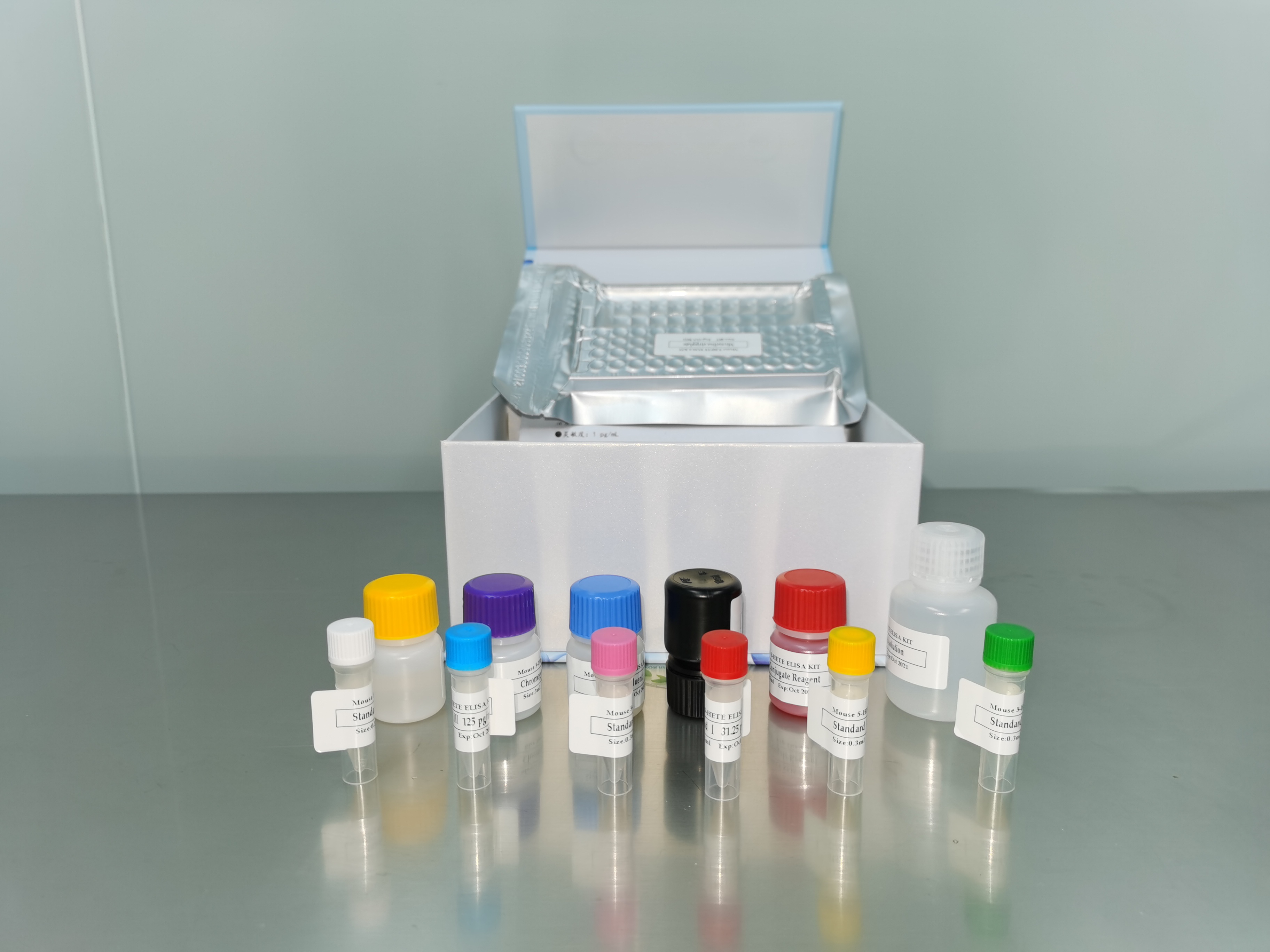| 产品名称: | CP-B (CP-52731) |
|---|---|
| 商品货号: | TS141543 |
| Organism: | Homo sapiens, human |
| Tissue: | Esophagus; epithelium |
| Cell Type: | Epithelial cells immortalized with hTERT |
| Product Format: | frozen |
| Morphology: | Epithelial-like |
| Culture Properties: | Adherent |
| Biosafety Level: | 2
Biosafety classification is based on U.S. Public Health Service Guidelines, it is the responsibility of the customer to ensure that their facilities comply with biosafety regulations for their own country. |
| Disease: | High-grade dysplasia, Barretts esophagus |
| Age: | Adult |
| Gender: | Male |
| Applications: | These well-characterized pre-malignant cultures represent a unique opportunity to study factors that are important in both cancer progression and hTERT immortalization. |
| Storage Conditions: | Liquid nitrogen vapor phase |
| Karyotype: | This is a hypodiploid cell line of male origin with the following derivative chromosomes consistently present at different passages: der(1)t(1;17)(q42?;q21), add(8)(p11.2), der(9)t(9;14)(q10;q10), add(12)(q13), add(15)(q24.3), add(17)(p11.2), del(19)(p13.1), del(21)(q22.1). It should be noted that the tetraploid population was essentially a duplicate of the hypodiploid population and may range from around 18% at lower passages to as high as 50% at higher passages. |
| Images: |  |
| Derivation: | The Barretts esophagus cell line, CP-B (also identified as CP52731 or ChTERT), was derived from an endoscopic biopsy specimen obtained from a region of high-grade dysplasia and transduced with the retroviral expression vector, pLXSN-hTERT, to create an immortalized cell line. |
| Clinical Data: | male |
| Antigen Expression: | Antigen expression:xa0This cell line is positive for epithelial marker pan-cytokeratin (immunocytochemistry)(verified at ATCC), and negative for gastric mucin (CLH2) (immunocytochemistry)(verified at ATCC). |
| Comments: | This cell line shows increased telomerase activity and long telomeres of about 12 kb as assessed by terminal restriction fragment lengths (TRF) analysis. Morphologically, the cells are similar to early passage cultures: smaller cells with a larger nucleus to cytoplasm ratio. Genetic instability studies using flow cytometry and FISH reveal the retention of elevated tetraploidy (G2/tetraploidy) in the hTERT-immortalized cells, similar to the non-transduced parental cells.
|
| Complete Growth Medium: | The base medium for this cell line is MCDB-153. For complete growth medium, add the following components to the base medium:
|
| Subculturing: | Volumes used in this protocol are for 75 cm2 flasks; proportionally reduce or increase amount of dissociation medium for culture vessels of other sizes.
Subcultivation ratio: A subcultivation ratio of 1:3 to 1:6 is recommended.
Medium renewal: every 3 to 4 daysNote: For more information on enzymatic dissociation and subculturing of cell lines consult Chapter 13 in Culture Of Aminal Cells: A Manual of Basic Techniques by R. Ian Freshney, 5th edition, published by Wiley-Liss, N.Y., 2005. |
| Cryopreservation: | Freeze Medium: RPMI-1640 Medium, 80%; fetal bovine serum, 10%; DMSO, 10% Storage Temperature: liquid nitrogen vapor phase |
| Culture Conditions: | Temperature: 37°C
Atmosphere: air, 95%; carbon dioxide (CO2), 5% |
| STR Profile: | CSF1PO: 8, 12 D13S317: 8, 12 D16S539: 10, 13 D5S818: 11, 12 D7S820: 11, 12 THO1: 8, 9 TPOX: 8, 9 vWA: 18, 20 Amelogenin: XY |
| Population Doubling Level (PDL): | As part of our quality control, we have tested this cell line for its ability to grow for a minimum of 15 population doublings after recovery from cryopreservation. We have also compared its karyotype, telomerase expression level, growth rate, morphology and tissue-specific markers when first recovered from cryopreservation with that of cells at 10+ population doublings to ensure that there is no change in these parameters and that the cells are capable of extended proliferation. |
| Population Doubling Time: | about 34 hours |
| Name of Depositor: | B Reid |
| Year of Origin: | November 1994 |
| References: | Palanca-Wessels MC, et al. Genetic Analysis of Long-term Barretts Esophagus Epithelial Cultures Exhibiting Cytogenetic and Ploidy Abnormalities. Gastroentrology 114:114-295, 1998. PubMed: 9453489 Palanca-Wessels MC, et al. Extended lifespan of Barretts esophagus epithelium transduced with the human telomerase catalytic subunit: a useful in vitro model. Carcinogenesis 24(7): 1183-1190, 2003. PubMed: 12807723 Barrett MT, et al. Molecular Phenotype of Spontaneously Arising 4N (G2-Tetraploid) Intermediates of Neoplastic Progression in Barretts Esophagus. Cancer Res. 63: 4211-4217, 2003. PubMed: 12874028 Maley CC, et al. Genetic clonal diversity predicts progression to esophageal adenocarcinoma. Nat. Genet. 38(4): 468-473, 2006. PubMed: 16565718 Freshney RI. Culture of Animal Cells: A Manual of Basic Technique, 5th edition. New York: Wiley Liss; 2005. For more information on enzymatic dissociation and subculturing of cell lines see Chapter 13. |


